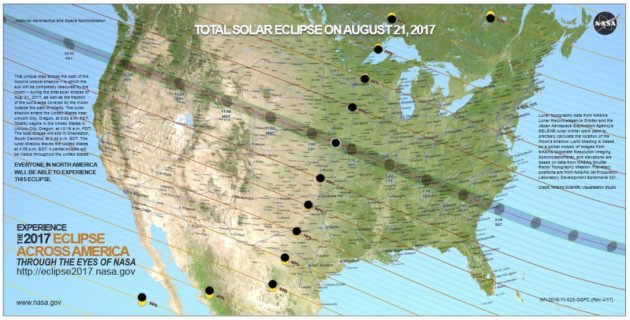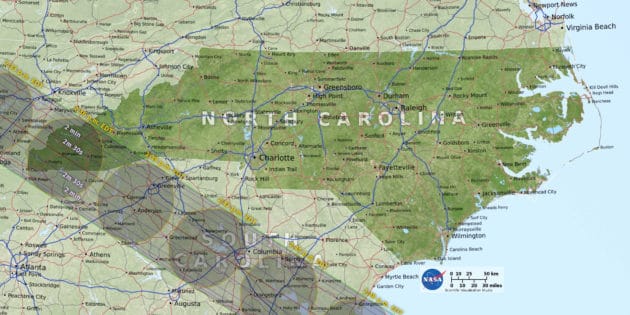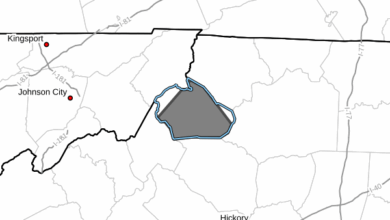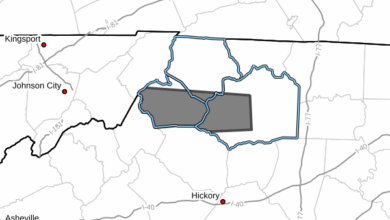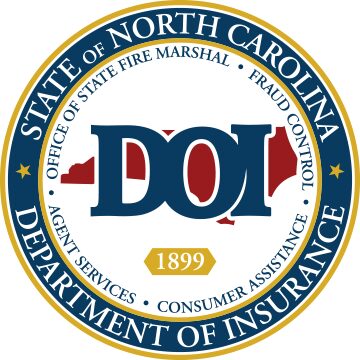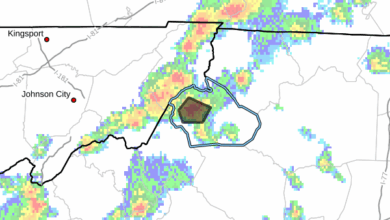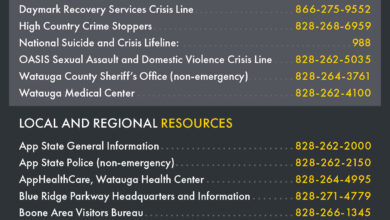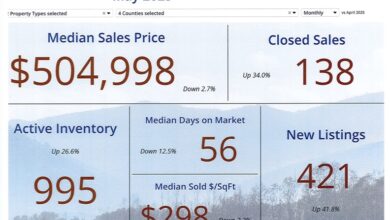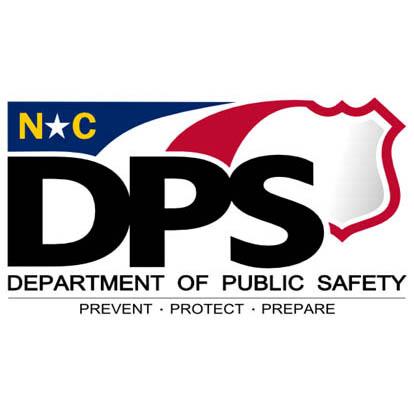Last Updated on March 26, 2022 2:29 pm
*Information courtesy of NCDOT*
On Monday, Aug. 21, 2017, all of the continental U.S. will experience an eclipse of the sun for the first time in 99 years. A total solar eclipse will be visible within a path 70 miles wide that stretches across 14 states from Oregon to South Carolina.
A total solar eclipse will be visible over a small portion of western North Carolina beginning at 2:33 p.m. Counties in the path of totality include Cherokee, Graham, Swain, Clay, Macon, Jackson and Transylvania. Almost everywhere else in North Carolina will experience a partial eclipse of 90 percent totality or more.
In the area of the path of the total solar eclipse, daylight will fade like dusk, go to darkness and then have a dawn-like experience in the middle of the day. People in the path of total eclipse will have approximately 2 minutes and 30 seconds when the moon will completely block the sun, and they will be able to see the details of the sun's atmosphere, or corona.
Large numbers of people are expected to make their way toward the path of the total eclipse in North Carolina and points south. There could be significant traffic impacts from congestion before and after the event.
Safe driving behavior before, during and after the eclipse is important. The N.C. Department of Transportation encourages travelers to: Arrive Early, Stay Put, Leave Late
Arrive Early
- Plan ahead if you want to view the total eclipse. Know where you want to be and make arrangements for accommodations as soon as possible.
- Expect higher traffic volumes beforehand. Large crowds will gather in the seven North Carolina counties in the path of totality. There will be many travelers on the state's highway system headed to South Carolina.
- Get to your viewing location well in advance of the eclipse.
- NCDOT will suspend most road construction projects and lane closures beginning Aug. 19 through Aug. 22.
Stay Put
- Watch out for pedestrians on secondary roads and city streets. People may be randomly parking and walking along roadsides as they search for a viewing spot.
- Watch out for distracted drivers around you.
- Do not try to view the eclipse or take photographs while driving.
- Turn on your headlights if driving during the eclipse. Even in partial totality, it will become dark outside.
- Do not stop along the interstate or park on the shoulder to view the eclipse. Exit the roadway and park in a safe spot.
- Do not wear eclipse glasses while driving.
Leave Late
- Most people viewing the eclipse will try to depart for home immediately afterward, much like the end of a sporting event or concert.
- Motorists – especially in the westernmost counties – should expect heavy traffic congestion following the eclipse.
- Drivers may want to detour or postpone a trip immediately following the eclipse.
- Expect extra congestion on interstates and other primary routes on the day of and the day after the eclipse.







